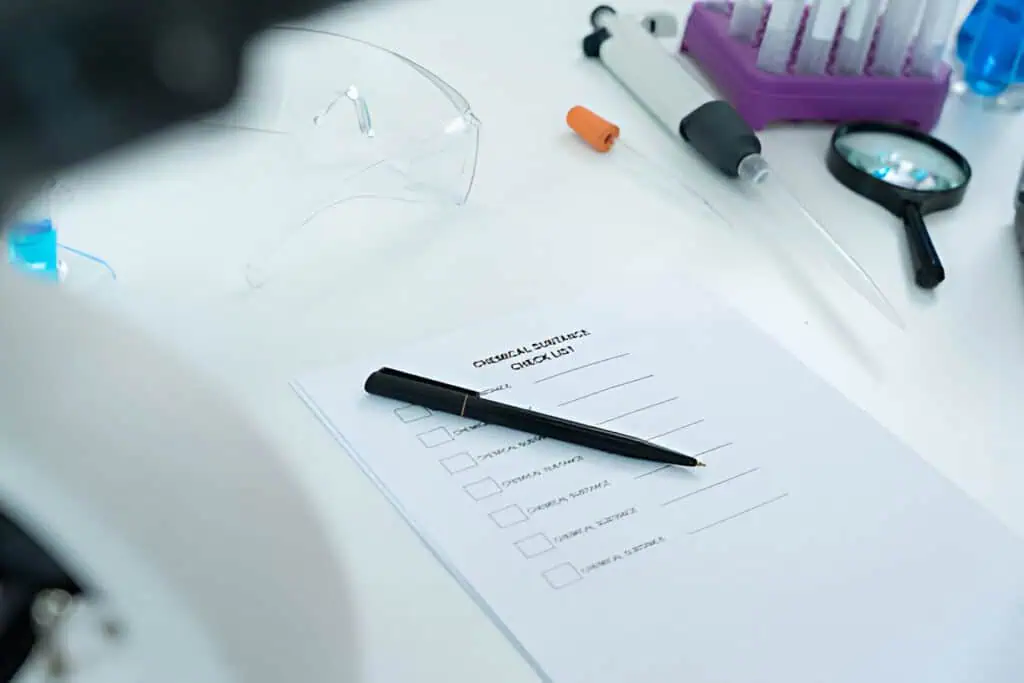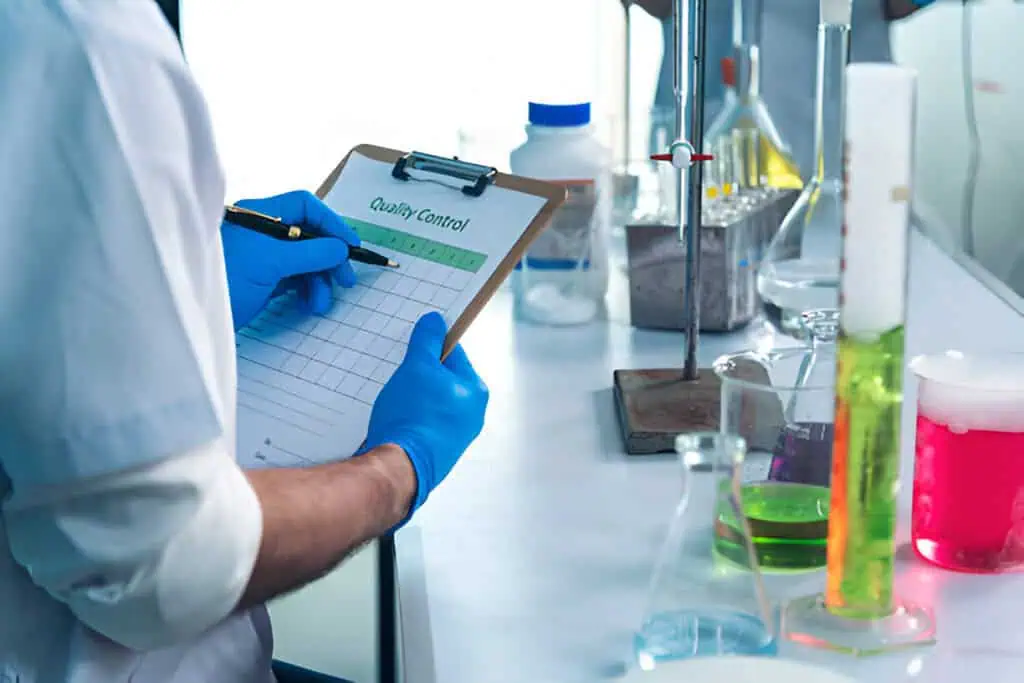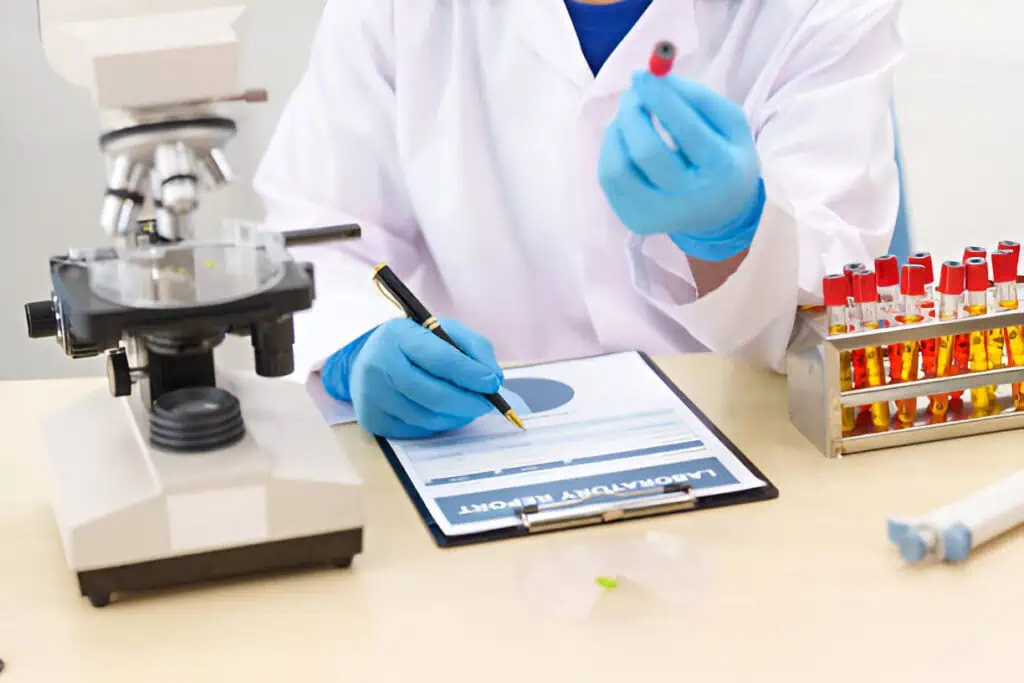In the realm of healthcare, clinical laboratory serve as the backbone of diagnostic medicine, providing critical data that guide patient care decisions. The accuracy, reliability, and timeliness of laboratory results are paramount, as they directly influence diagnoses, treatment plans, and patient outcomes. Quality control (QC) and quality assurance (QA) are the cornerstones of ensuring that clinical laboratories deliver trustworthy results. These processes, though often operating behind the scenes, are vital to maintaining the integrity of laboratory testing and safeguarding patient health. This article explores the multifaceted value of QC and QA in clinical laboratories, delving into their principles, methodologies, challenges, and impact on healthcare delivery.
Understanding Quality Control and Quality Assurance
Quality control and quality assurance are distinct yet complementary processes that work together to ensure the reliability of laboratory results. Quality control refers to the operational techniques and activities used to monitor and maintain the performance of laboratory testing processes. It involves routine checks, such as running control samples with known values alongside patient samples to verify that instruments and reagents are functioning correctly. QC is reactive, focusing on detecting and correcting errors in real-time or near-real-time.
Quality assurance, on the other hand, is a broader, proactive process that encompasses all activities designed to ensure the overall quality of laboratory services. QA includes policies, procedures, and systems that prevent errors, improve processes, and ensure compliance with regulatory standards. While QC is a subset of QA, the two are interdependent: effective QC ensures accurate test results, while QA provides the framework to sustain that accuracy over time.
Together, QC and QA form a robust system to minimize errors, enhance patient safety, and maintain the credibility of clinical laboratories. Their value lies not only in technical accuracy but also in fostering trust among healthcare providers, patients, and regulatory bodies.
The Importance of QC and QA in Clinical Laboratories

1. Ensuring Accuracy and Reliability of Test Results
The primary role of QC and QA is to ensure that laboratory results are accurate and reliable. In clinical diagnostics, even a minor error can have significant consequences. For example, a false-positive result for a tumor marker could lead to unnecessary invasive procedures, while a false-negative result for an infectious disease could delay critical treatment. QC measures, such as running control samples with known analyte concentrations, help detect deviations in instrument performance or reagent quality. If a control sample yields results outside the acceptable range, laboratory staff can troubleshoot and correct issues before processing patient samples.
QA complements QC by establishing standardized protocols for every stage of the testing process, pre-analytical, analytical, and post-analytical. For instance, QA ensures proper patient identification and sample collection to prevent pre-analytical errors, such as mislabeling or hemolysis, which can compromise results. By addressing potential pitfalls across the testing continuum, QA minimizes the risk of errors that could affect patient care.
2. Enhancing Patient Safety
Patient safety is the ultimate goal of clinical laboratory services, and QC and QA are critical to achieving it. Inaccurate laboratory results can lead to misdiagnoses, inappropriate treatments, or delayed interventions, all of which jeopardize patient health. For example, in a 2019 study published in Clinical Chemistry and Laboratory Medicine, researchers found that laboratory errors contributed to approximately 0.1–0.5% of adverse events in hospitalized patients. While this percentage may seem small, the high volume of laboratory tests performed annually worldwide translates to a significant number of affected patients.
QC ensures that instruments are calibrated correctly and that results are consistent with expected values. For instance, in hematology, QC involves running control samples to verify that a complete blood count (CBC) analyzer accurately measures red blood cell counts, hemoglobin levels, and other parameters. QA, meanwhile, ensures that staff are trained to follow standard operating procedures (SOPs) and that equipment maintenance schedules are adhered to, reducing the likelihood of systematic errors.
3. Compliance with Regulatory Standards
Clinical laboratories operate under strict regulatory oversight to ensure quality and safety. Organizations such as the Clinical Laboratory Improvement Amendments (CLIA) in the United States, the International Organization for Standardization (ISO), and the College of American Pathologists (CAP) set rigorous standards for laboratory performance. QC and QA are essential for meeting these requirements and maintaining accreditation.
For example, CLIA mandates that laboratories perform QC testing at specified intervals and document results to demonstrate compliance. Failure to meet these standards can result in penalties, loss of accreditation, or even closure of the laboratory. QA programs ensure that laboratories have systems in place to meet regulatory requirements, including proficiency testing, where external agencies provide unknown samples to assess the laboratory’s accuracy. By adhering to these standards, laboratories not only avoid legal and financial repercussions but also build trust with healthcare providers and patients.
4. Building Trust and Credibility
The reliability of laboratory results directly impacts the confidence that clinicians and patients have in the healthcare system. QC and QA ensure that laboratories produce consistent, reproducible results, fostering trust among stakeholders. For instance, a 2021 survey by the American Society for Clinical Pathology (ASCP) found that 85% of physicians rely heavily on laboratory results for diagnostic and treatment decisions. Inaccurate or inconsistent results can erode this trust, leading to skepticism about the laboratory’s competence.
QA programs also enhance credibility by promoting transparency and accountability. For example, laboratories that participate in external quality assessment (EQA) schemes, such as those offered by CAP or the World Health Organization (WHO), demonstrate their commitment to quality by benchmarking their performance against other laboratories. This external validation reinforces the laboratory’s reputation and reassures clinicians that the results they receive are dependable.
5. Cost-Effectiveness and Efficiency
While implementing robust QC and QA programs requires an investment of time and resources, they ultimately save costs by preventing errors and rework. Erroneous results can lead to unnecessary repeat testing, additional diagnostic procedures, or inappropriate treatments, all of which increase healthcare costs. A 2020 study in The Journal of Applied Laboratory Medicine estimated that laboratory errors contribute to approximately $1 billion in annual healthcare costs in the United States alone.
QC helps identify issues early, reducing the need for costly retesting. For example, if a chemistry analyzer produces out-of-range control results, technicians can recalibrate the instrument before processing patient samples, avoiding the need to rerun dozens or hundreds of tests. QA, meanwhile, streamlines laboratory workflows by standardizing processes and reducing variability. By optimizing resource use and minimizing errors, QC and QA contribute to the overall efficiency of the healthcare system.
Key Components of QC and QA in the Clinical Laboratory

Quality Control Procedures
QC involves a variety of techniques to monitor the performance of laboratory testing processes. Common QC practices include:
- Control Samples: Laboratories use control materials with known analyte concentrations to verify the accuracy and precision of tests. For example, in clinical chemistry, control samples for glucose or cholesterol are run daily to ensure that analyzers produce results within acceptable limits.
- Calibration: Instruments are periodically calibrated using standards to ensure they measure analytes accurately. Calibration is especially critical for high-throughput analyzers used in large laboratories.
- Levey-Jennings Charts: These statistical tools plot QC results over time to detect trends or shifts in performance. A sudden deviation from the expected range may indicate an issue with reagents, instruments, or operator technique.
- Westgard Rules: This set of statistical rules helps laboratories identify when QC results indicate a significant error. For example, a “1-2s” rule flags a result that is two standard deviations from the mean, prompting further investigation.
Quality Assurance Strategies
QA encompasses a broader range of activities to ensure the overall quality of laboratory services. Key QA strategies include:
- Standard Operating Procedures (SOPs): Laboratories develop detailed SOPs for every aspect of testing, from sample collection to result reporting. These procedures ensure consistency and reduce variability.
- Staff Training and Competency Assessment: QA programs include regular training and competency evaluations to ensure that laboratory personnel are proficient in their roles. For example, a technologist performing a complex molecular test must demonstrate proficiency in both technique and interpretation.
- Proficiency Testing: Laboratories participate in external proficiency testing programs to compare their performance with other laboratories. These programs provide an objective measure of accuracy and reliability.
- Internal Audits and Continuous Improvement: QA involves regular audits of laboratory processes to identify areas for improvement. For instance, an audit might reveal that sample transport delays are causing pre-analytical errors, prompting the laboratory to implement new protocols.
- Risk Management: QA programs use tools like Failure Modes and Effects Analysis (FMEA) to identify potential risks and develop strategies to mitigate them. This proactive approach prevents errors before they occur.
Challenges in Implementing QC and QA

Despite their importance, QC and QA programs face several challenges in clinical laboratories:
1. Resource Constraints
Implementing robust QC and QA programs requires significant investment in equipment, reagents, and personnel. Small or underfunded laboratories may struggle to afford high-quality control materials or advanced QC software. Additionally, the time required to perform QC testing and maintain QA documentation can strain limited staff resources.
2. Technological Complexity
Modern clinical laboratories rely on sophisticated instruments and assays, which introduce new challenges for QC and QA. For example, next-generation sequencing (NGS) for genetic testing requires complex QC protocols to ensure the accuracy of millions of data points. Laboratories must stay abreast of technological advancements and update their QC and QA processes accordingly.
3. Human Factors
Human error remains a significant source of laboratory errors. Fatigue, inadequate training, or failure to follow SOPs can undermine even the best QC and QA systems. Laboratories must invest in ongoing training and create a culture of accountability to minimize these risks.
4. Regulatory Compliance
Navigating the complex landscape of regulatory requirements can be daunting, especially for laboratories operating in multiple jurisdictions. For example, a laboratory in the United States must comply with CLIA, CAP, and state-specific regulations, each with its own set of standards. QA programs must be flexible enough to meet these diverse requirements without compromising efficiency.
5. Data Management
The increasing volume of laboratory data, particularly with the rise of point-of-care testing and digital health platforms, poses challenges for QA. Laboratories must ensure that data are accurately recorded, stored, and transmitted to electronic health records (EHRs) without errors. This requires robust information systems and cybersecurity measures to protect patient data.
The Future of QC and QA in Clinical Laboratories

As clinical laboratories evolve, so too must their QC and QA practices. Several trends are shaping the future of quality management in this field:
1. Automation and Artificial Intelligence
Automation is transforming clinical laboratories by reducing manual tasks and improving efficiency. Automated QC systems can continuously monitor instrument performance and flag issues in real-time. Artificial intelligence (AI) is also being integrated into QA, with machine learning algorithms analyzing QC data to predict potential failures before they occur. For example, AI can identify subtle trends in Levey-Jennings charts that might go unnoticed by human operators.
2. Point-of-Care Testing
The rise of point-of-care (POC) testing, where diagnostic tests are performed at or near the patient, presents new challenges for QC and QA. POC devices must be designed with built-in QC features, such as internal controls, to ensure reliability in non-laboratory settings. QA programs must also address training for non-laboratory personnel, such as nurses or paramedics, who may operate these devices.
3. Personalized Medicine
The shift toward personalized medicine, driven by advances in genomics and proteomics, requires laboratories to adapt their QC and QA processes. For example, molecular diagnostics for targeted cancer therapies demand high precision, as even small errors can affect treatment decisions. Laboratories must develop specialized QC protocols for these complex tests and ensure that QA systems support their integration into clinical workflows.
4. Global Harmonization
As healthcare becomes increasingly globalized, there is a growing need for harmonized QC and QA standards across countries. Organizations like the International Federation of Clinical Chemistry and Laboratory Medicine (IFCC) are working to establish universal guidelines to ensure consistency in laboratory quality worldwide.
Conclusion
Quality control and assurance are the unsung heroes of the clinical laboratory, ensuring that the results guiding patient care are accurate, reliable, and trustworthy. By detecting and preventing errors, QC and QA enhance patient safety, improve healthcare outcomes, and reduce costs. They also ensure compliance with regulatory standards and build trust among clinicians and patients. Despite challenges such as resource constraints and technological complexity, advancements in automation, AI, and global standards are paving the way for more robust and efficient quality management systems.
In an era of rapid technological advancement and increasing reliance on diagnostic testing, the value of QC and QA cannot be overstated. These processes are not merely technical requirements but critical components of a healthcare system that prioritizes patient safety and quality care. By investing in robust QC and QA programs, clinical laboratories can continue to serve as trusted partners in the delivery of modern medicine.














